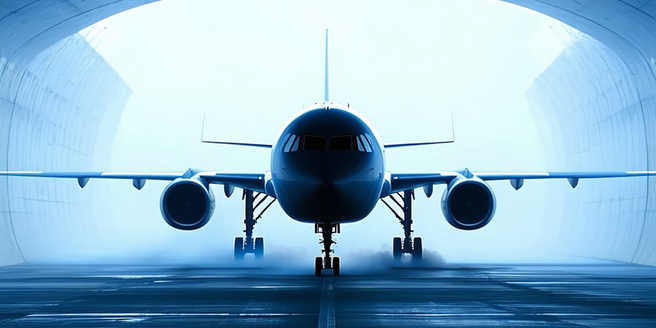
Understanding Aerodynamic Forces
Understanding the fundamental forces of aerodynamics is crucial for engineers working on aircraft design. Aerodynamic forces such as lift, drag, thrust, and weight dictate how an aircraft behaves in flight. Lift must counteract weight for takeoff, while thrust needs to be greater than drag for speed. Engineers continuously innovate to improve fuel efficiency and reduce emissions. The interplay of these elements shapes airfoil design and overall aircraft performance, requiring meticulous calculations. Engineers make use of wind tunnels and simulations to predict how these forces will affect aircraft in various flight regimes. By manipulating shape, smoothness, and angle of aircraft components, engineers aim to enhance efficiency and safety. Grasping these concepts is integral to successful aeronautic engineering.
Impact of Wind Variability on Aircraft Performance
Wind variability poses significant challenges for aircraft performance, affecting factors such as fuel efficiency, turbulence, and navigational stability. Variations in wind speed and direction can alter flight paths, demanding real-time adjustments. It is crucial for flight crews to anticipate potential wind changes to maintain optimal flight conditions. Notably, unexpected shifts in wind patterns may necessitate quick responses from flight crews. Turbulence induced by sudden wind shifts can impact passenger comfort and structural integrity. Pilots and automated systems must remain adaptable, utilizing predictive models and real-time data to mitigate these issues. Aeronautic engineers focus on designing aircraft with capabilities to withstand or manage such variations, often incorporating advanced materials and control systems. Understanding and planning for wind variability is vital in optimizing performance and ensuring safe, efficient flights.
Design Considerations for Wind Resistance
In aeronautics engineering, designing for wind resistance involves creating aircraft that can withstand varying wind forces without compromising safety or performance. This requires intricate knowledge of materials, aerodynamics, and advanced engineering techniques. Structural components are meticulously tested to ensure they can endure strong gusts and turbulent conditions. Engineers implement features like winglets to reduce drag and improve stability. Constant collaboration between aeronautical experts and meteorologists enhances the design strategies. To further enhance safety, engineers also consider the influence of extreme and unpredictable weather events on aircraft performance. The design process includes analyzing historical data on wind patterns and using simulations to predict how designs will perform under different scenarios. Ensuring that aircraft can resist wind stress is critical for operational reliability and passenger safety.
Advanced Simulations in Wind Tunnel Testing
Advanced simulations in wind tunnel testing play a pivotal role in modern aeronautics engineering, providing a controlled environment to study aerodynamic properties. They are crucial for predicting how aircraft will behave in real-world scenarios. Computational models complement physical tests, allowing engineers to analyze airflows around aircraft components with precision. These simulations help in understanding complex interactions between air and structural surfaces, leading to optimized designs and improved safety measures. By identifying potential issues early in the design phase, engineers can make necessary adjustments before moving to production. High-fidelity simulations contribute to cost-effective development, reducing the need for extensive physical prototypes. Engineers use wind tunnels to evaluate performance under various conditions, ensuring that the final aircraft design meets rigorous standards for efficiency and safety.
Future Trends in Aeronautics for Wind Adaptation
Future trends in aeronautics are focused on enhanced wind adaptation capabilities, addressing the need for improved efficiency and resilience. Developments in technology, such as adaptive materials that change shape in response to wind conditions, are expected to revolutionize aircraft performance. Researchers are exploring the use of these materials to further boost the aerodynamic efficiency of next-generation aircraft. The integration of artificial intelligence and machine learning into flight systems promises more adaptive control mechanisms, enabling better response to wind variability. Increased collaboration between international agencies aims to standardize practices and foster innovation. The pursuit of sustainable aviation fuels is also a critical trend, with the potential to transform how aircraft manage wind resistance, reducing environmental impact.
